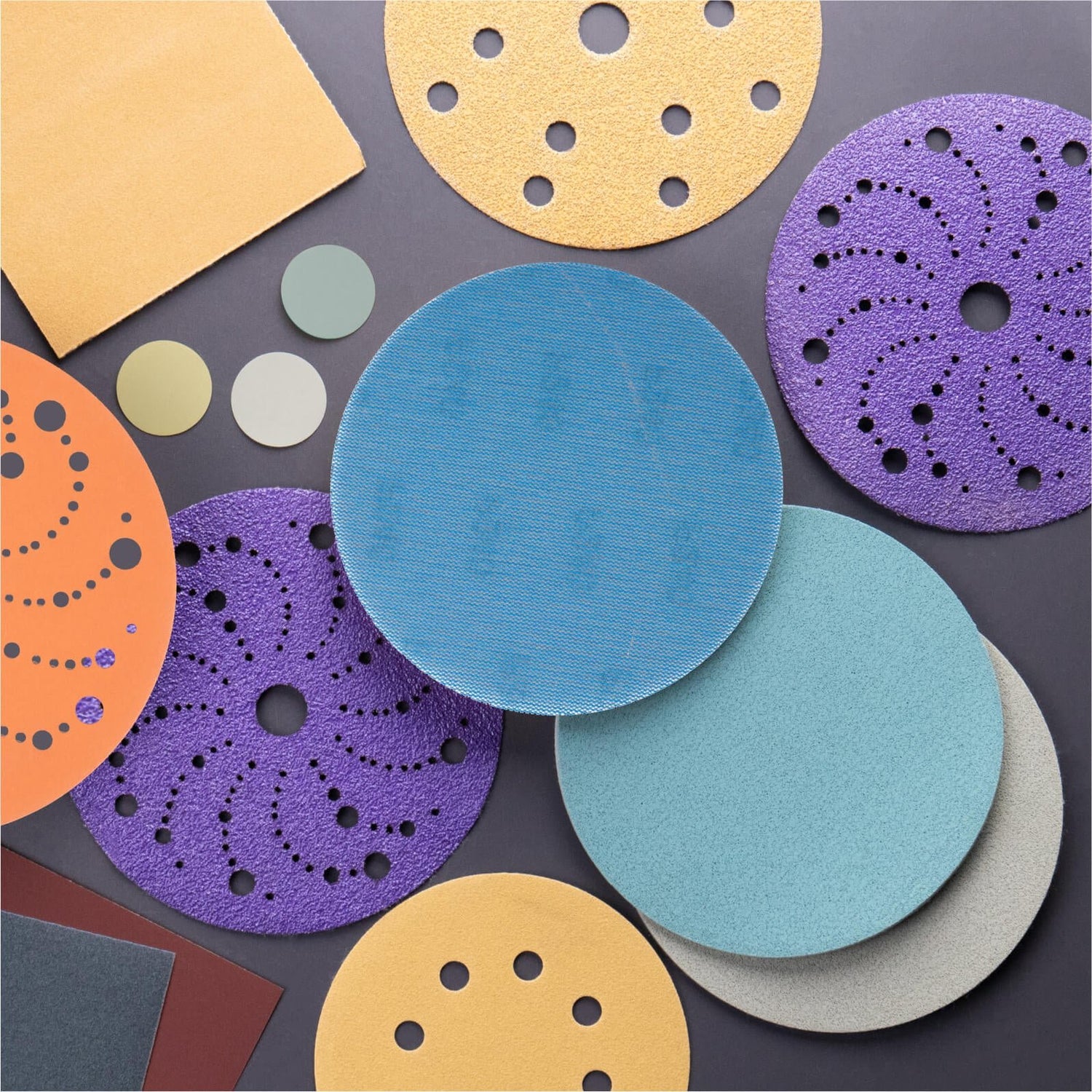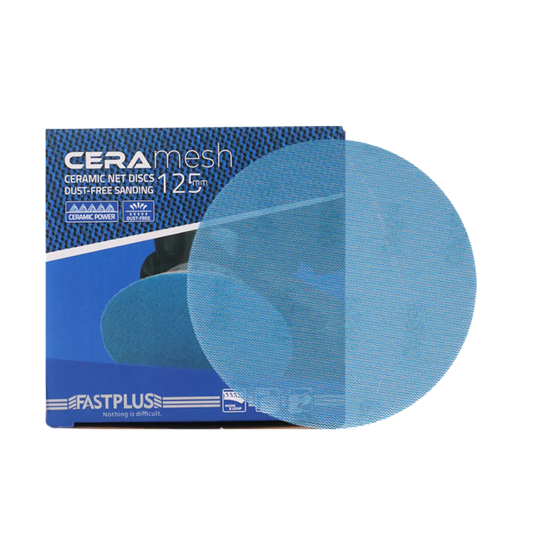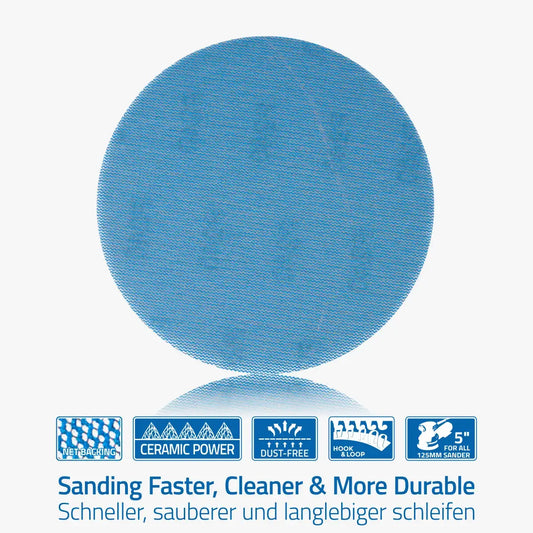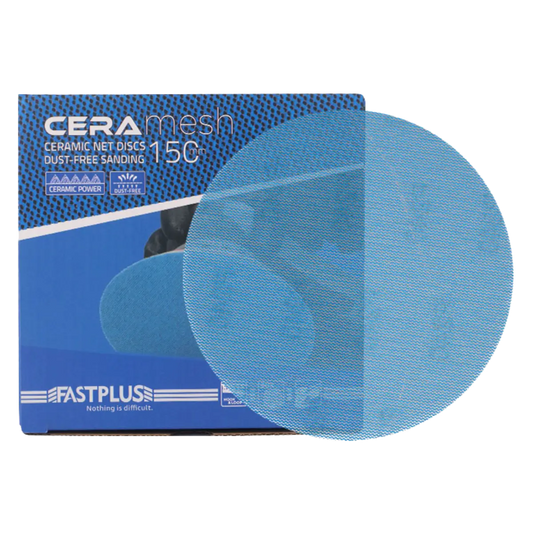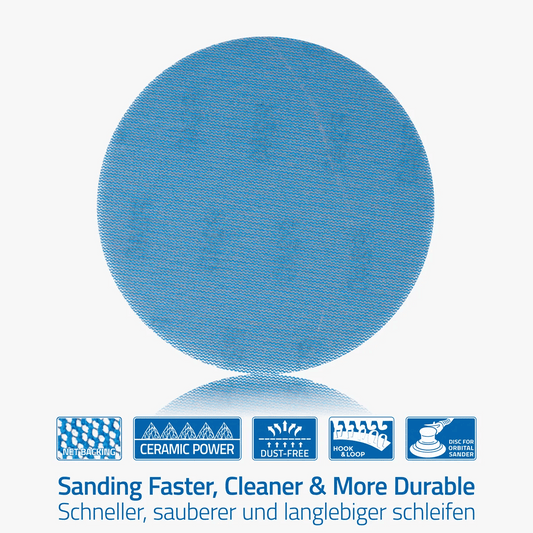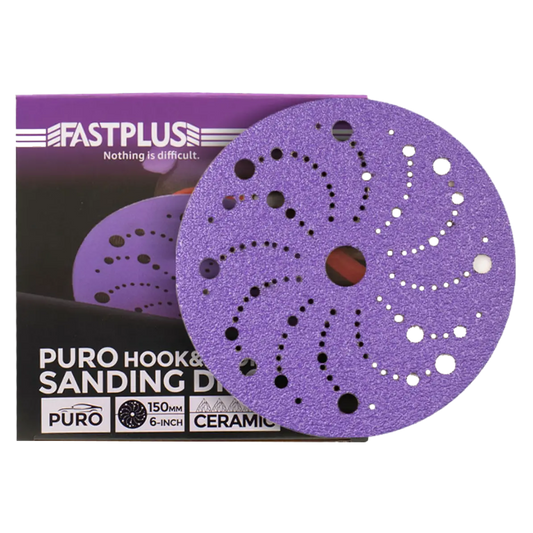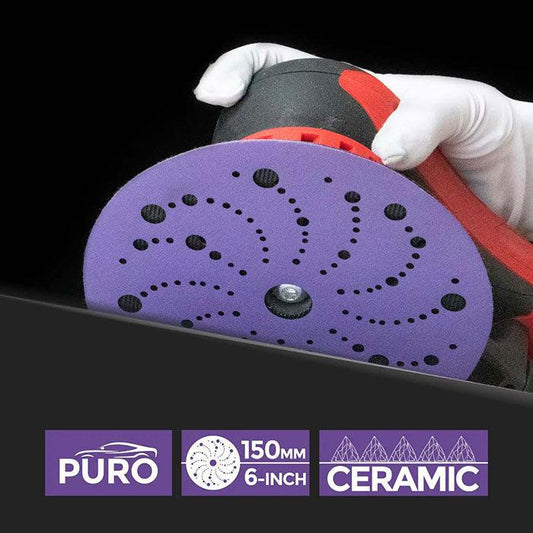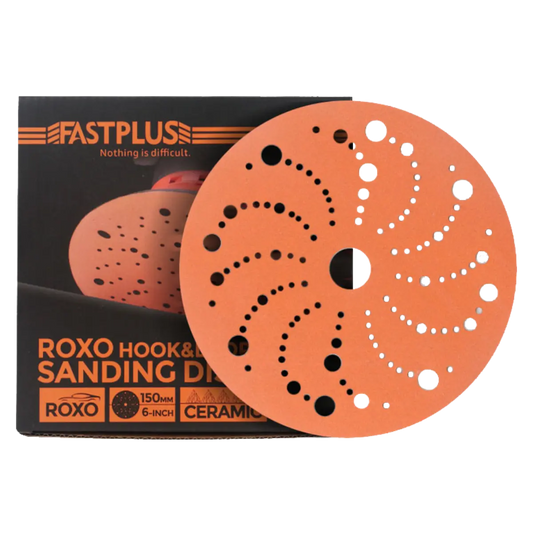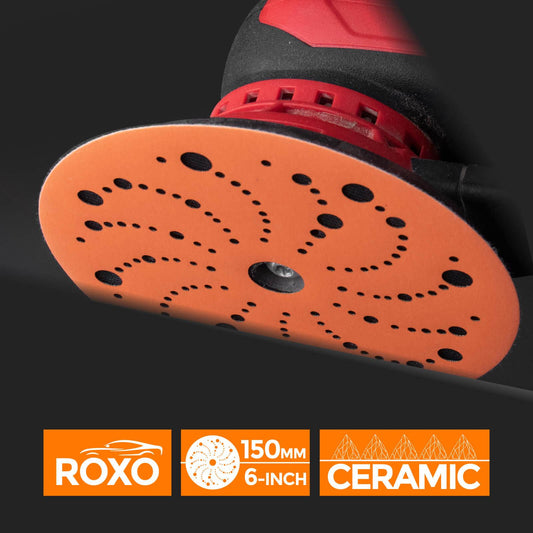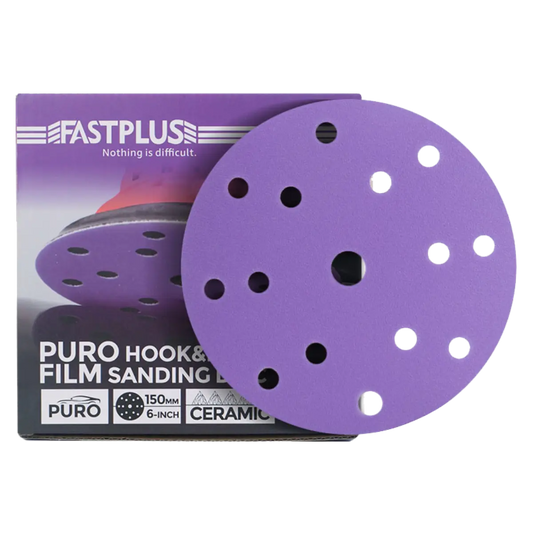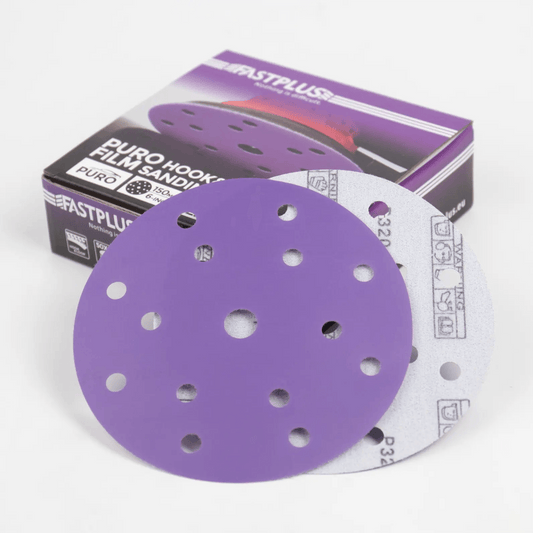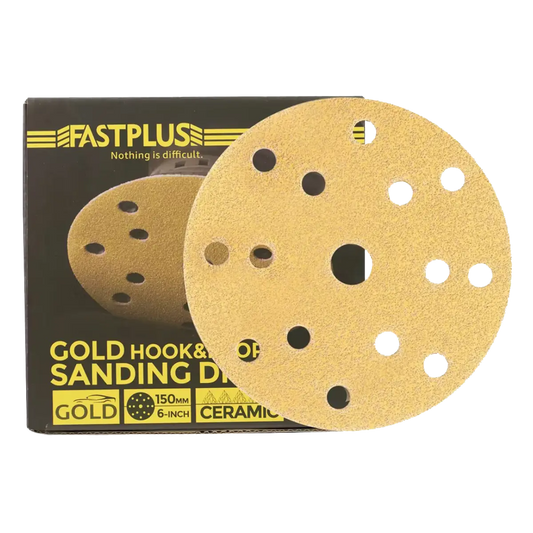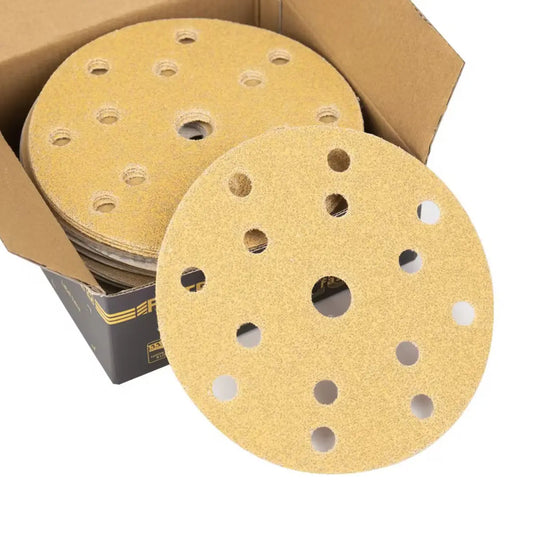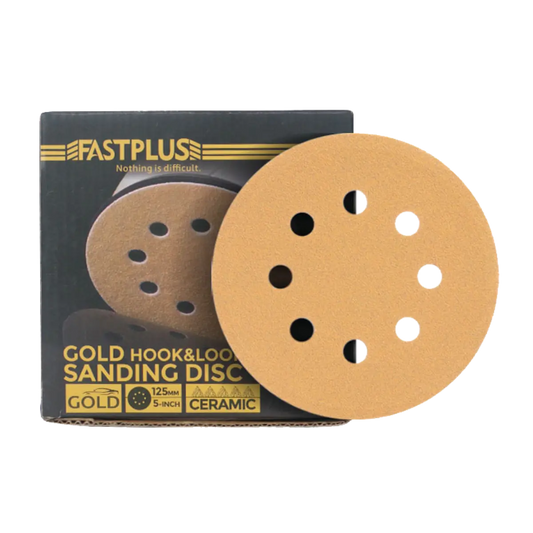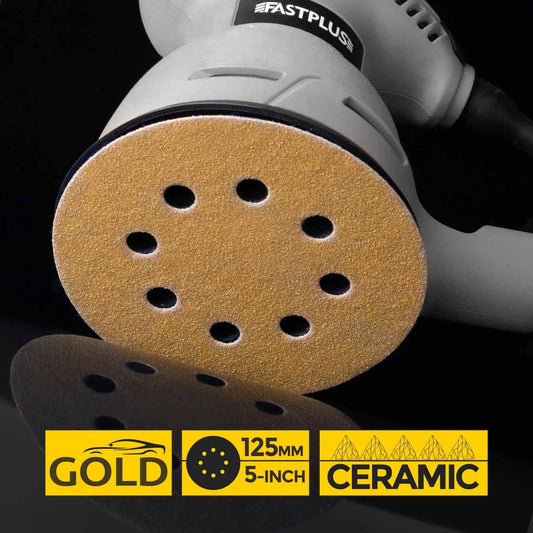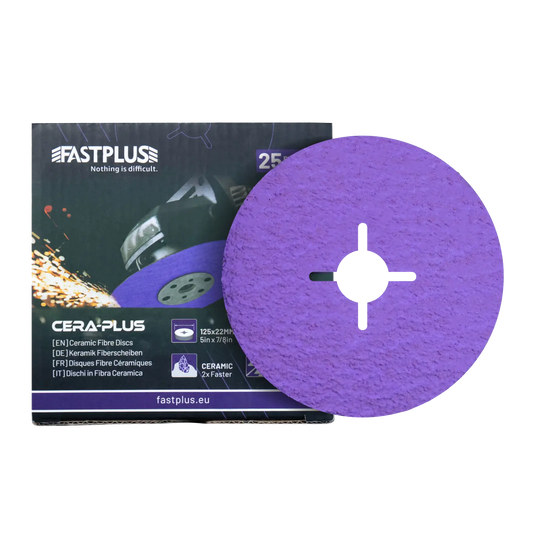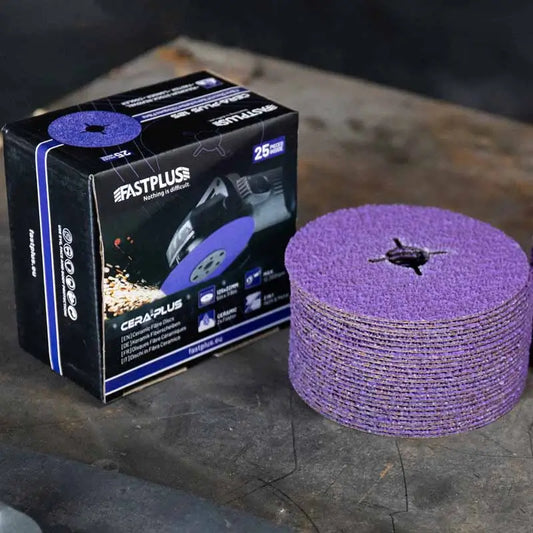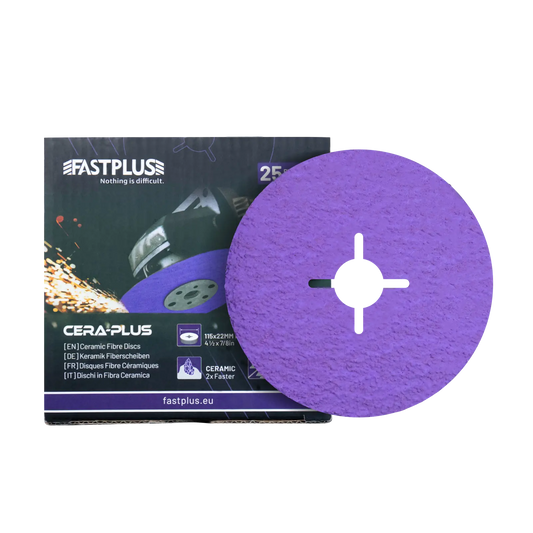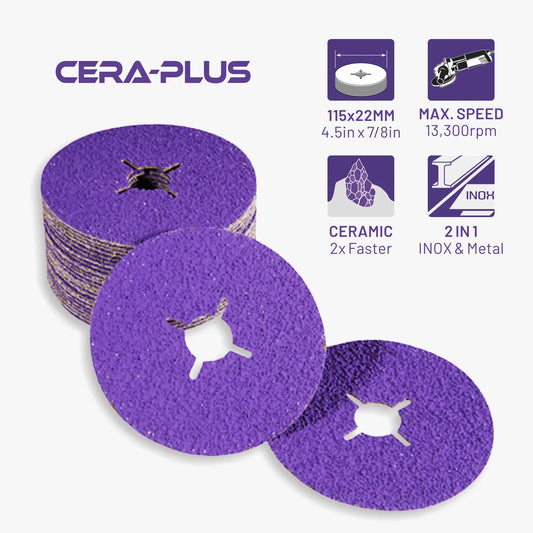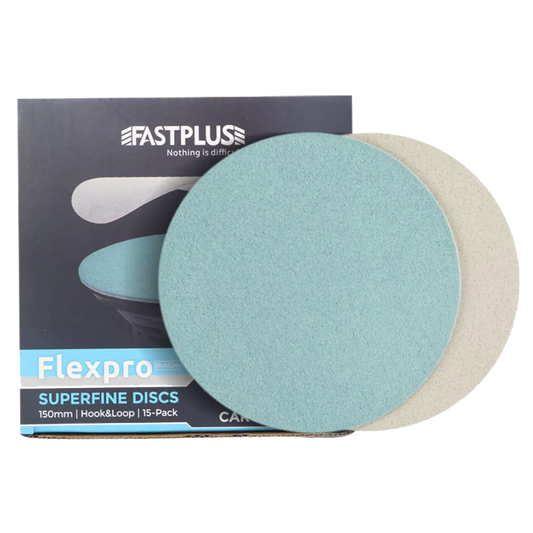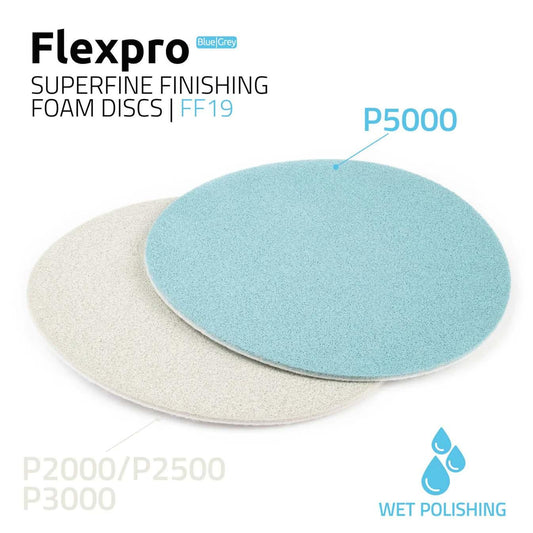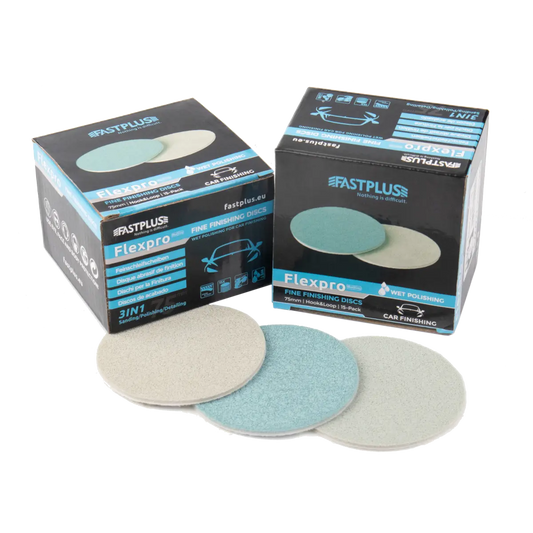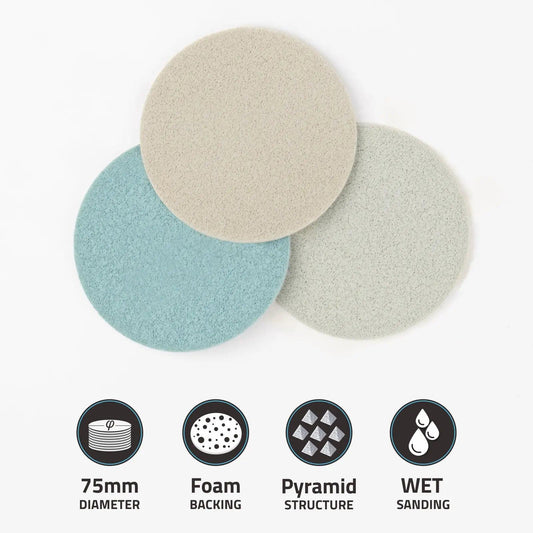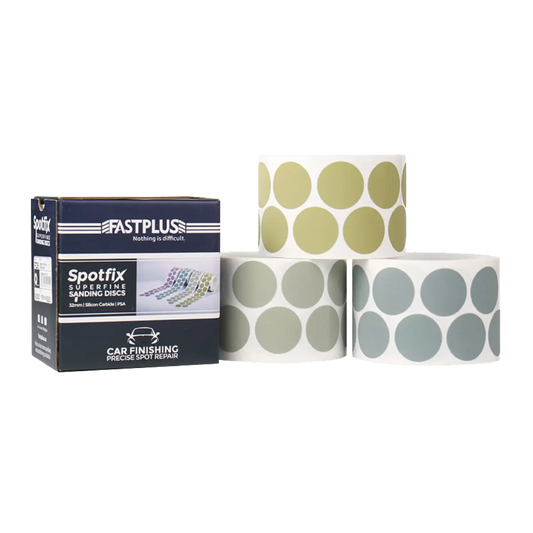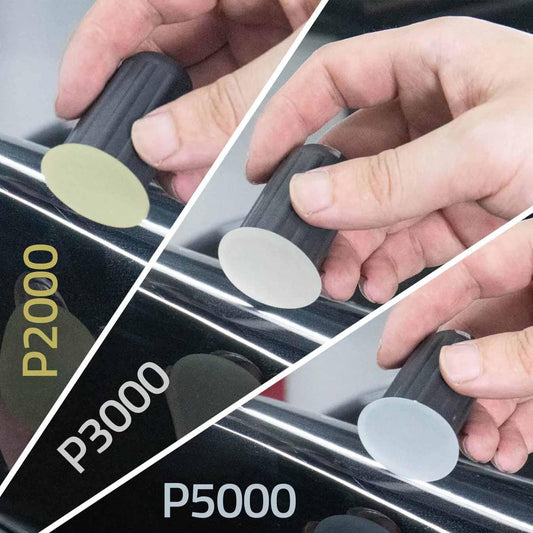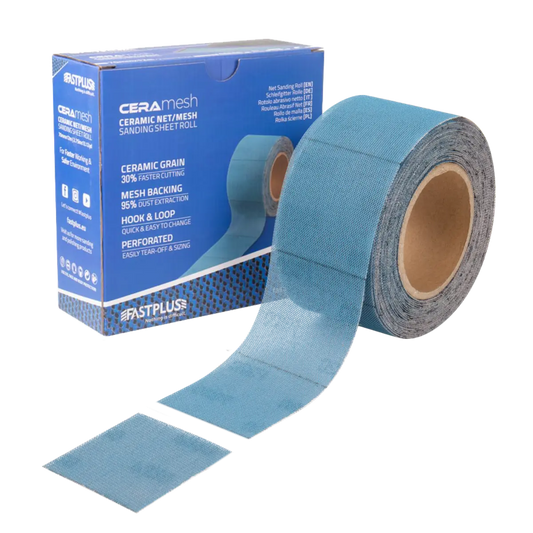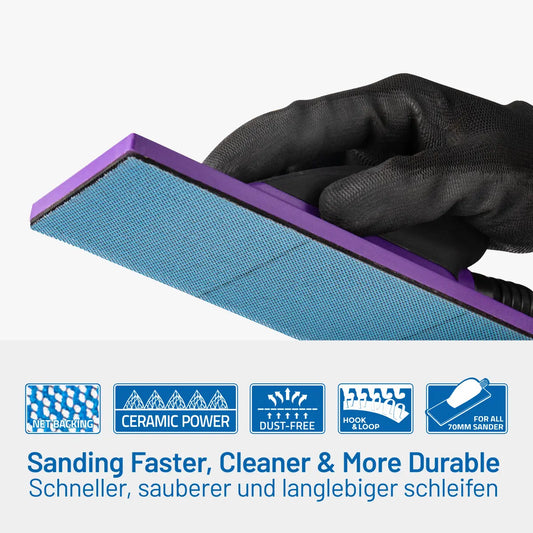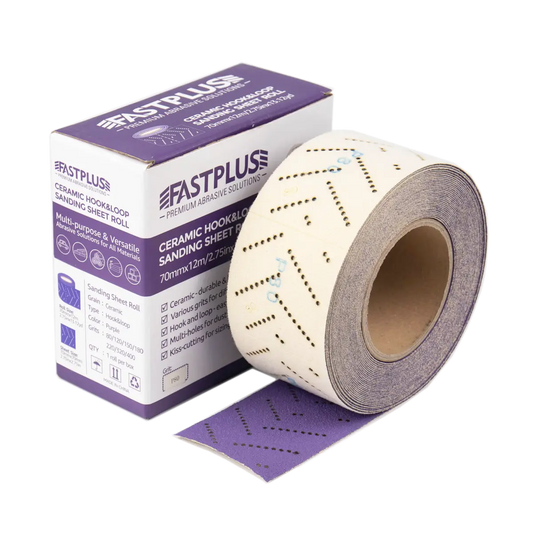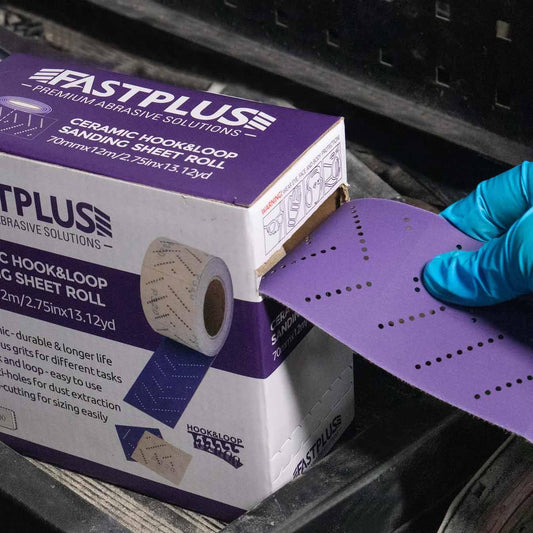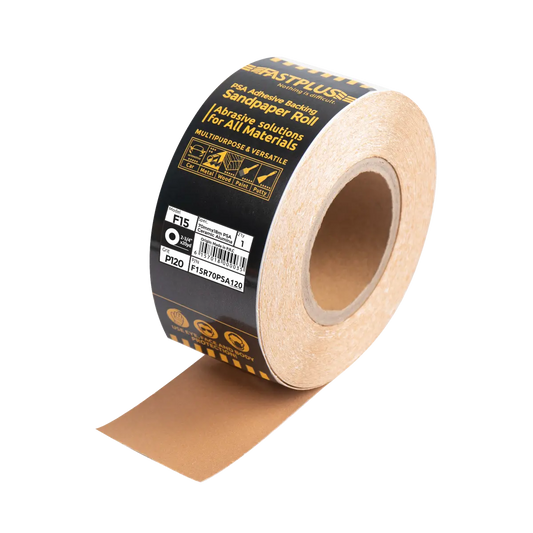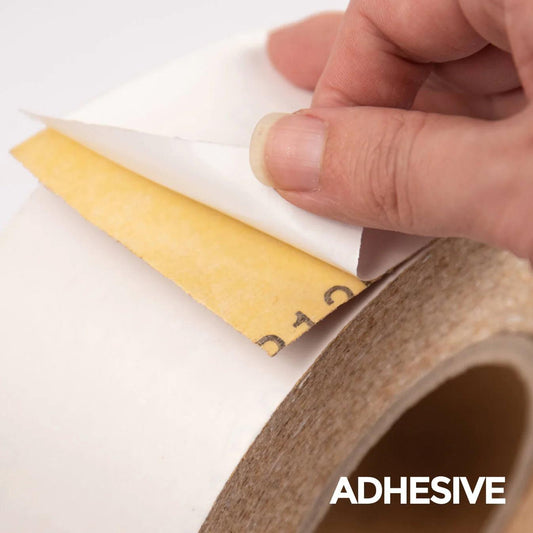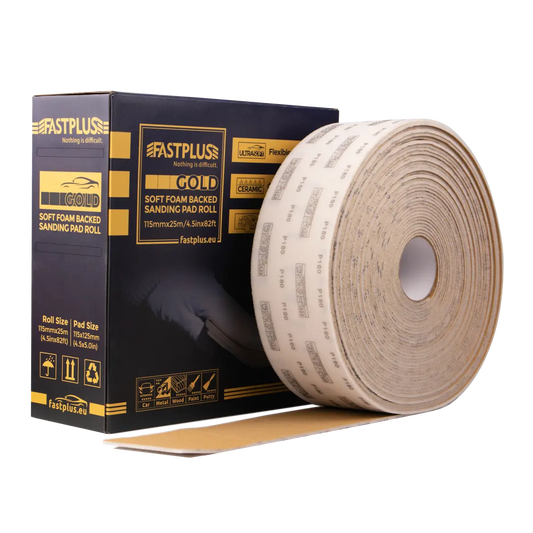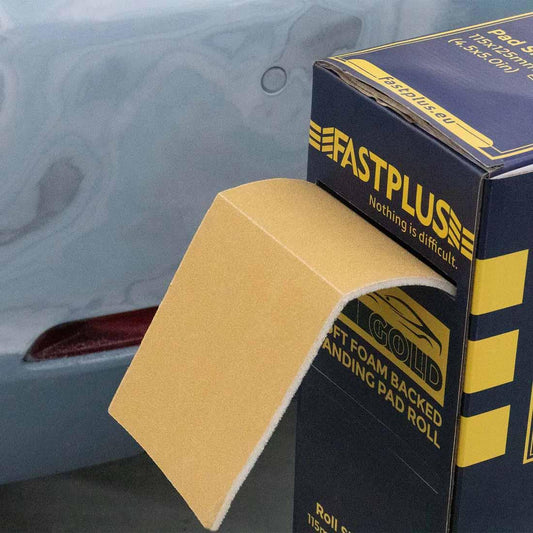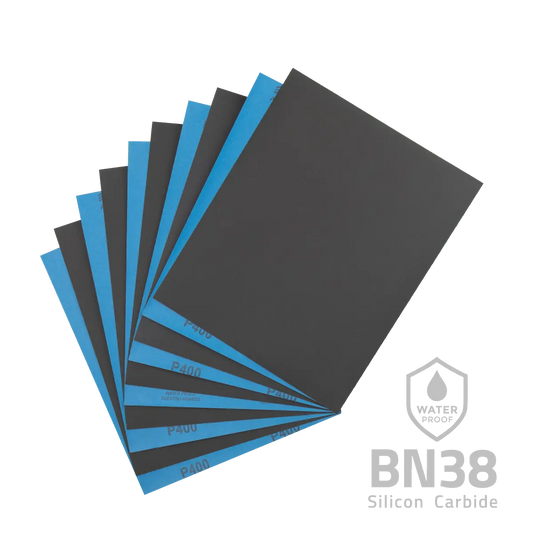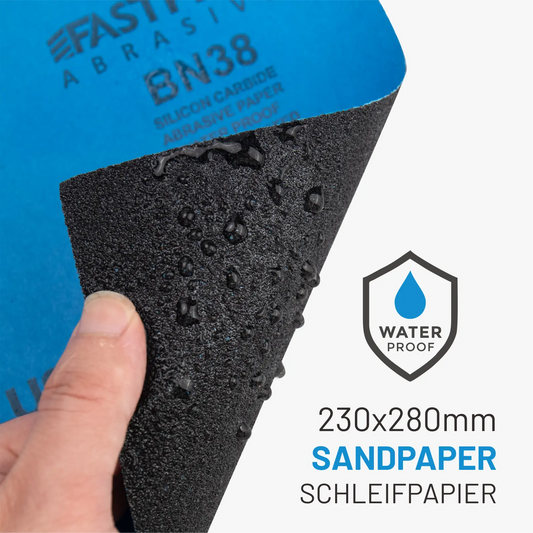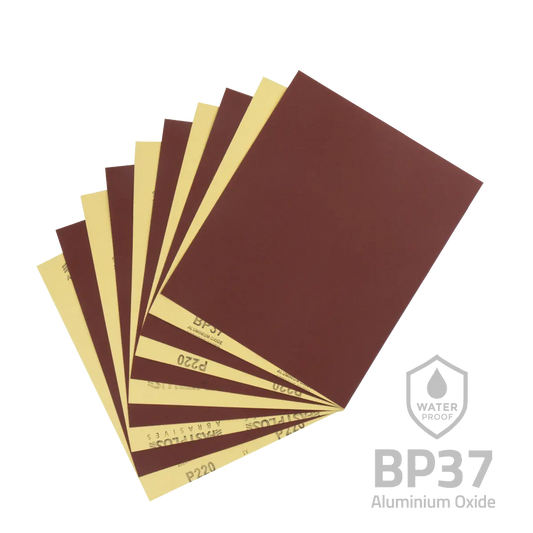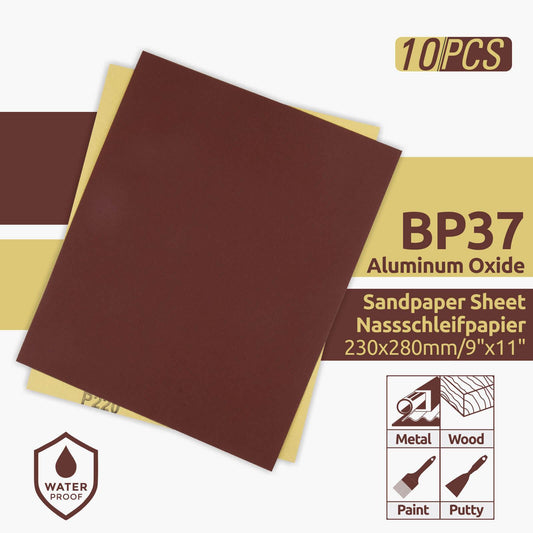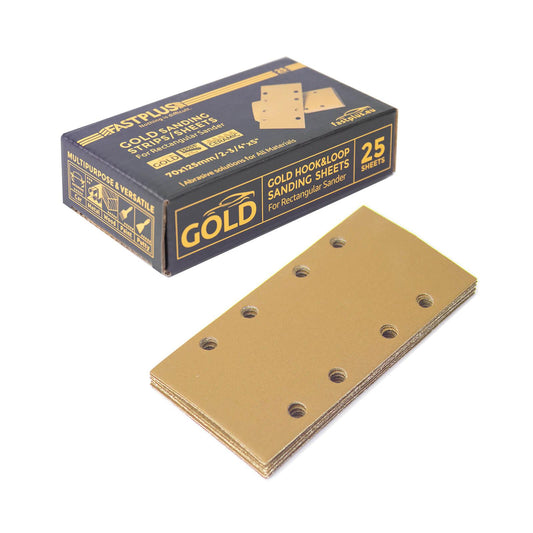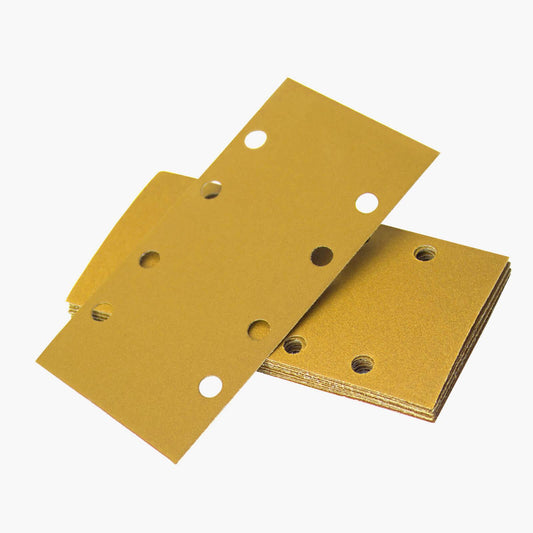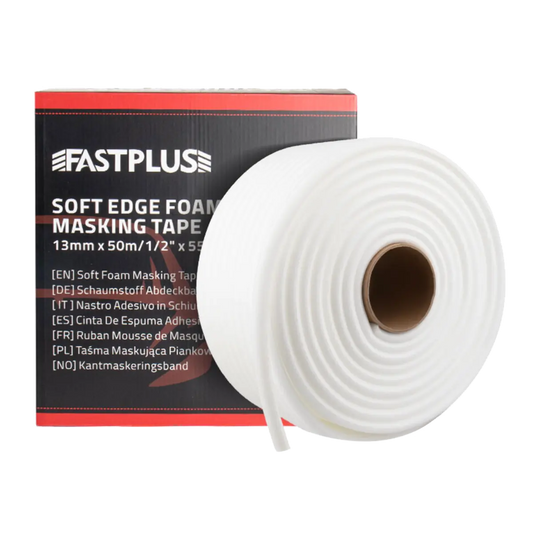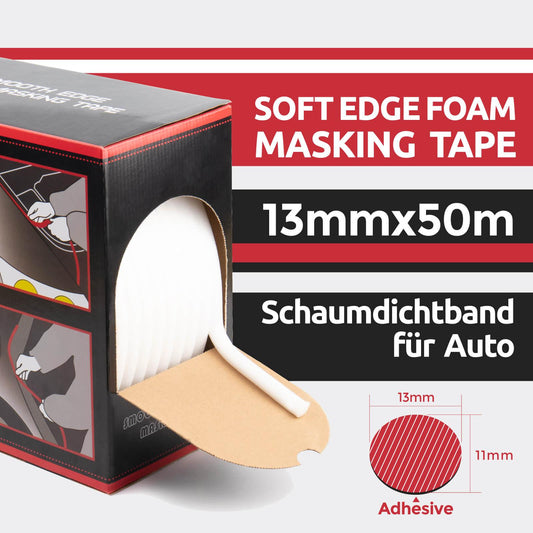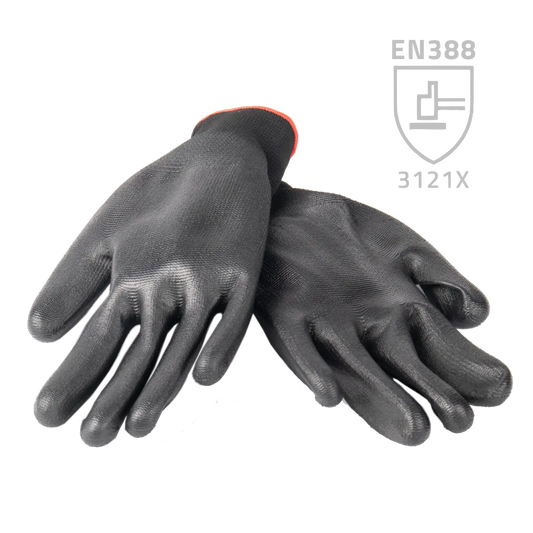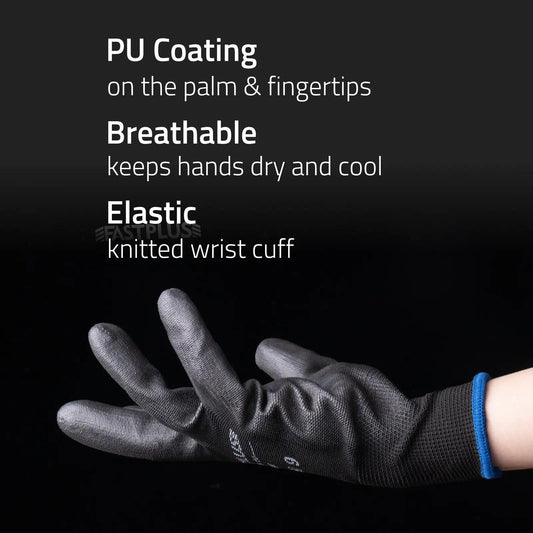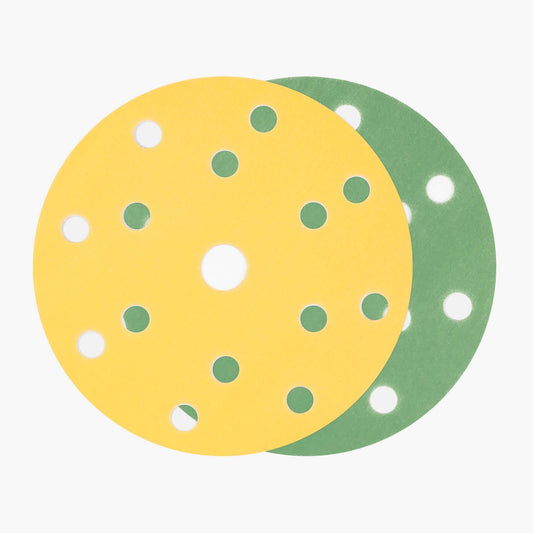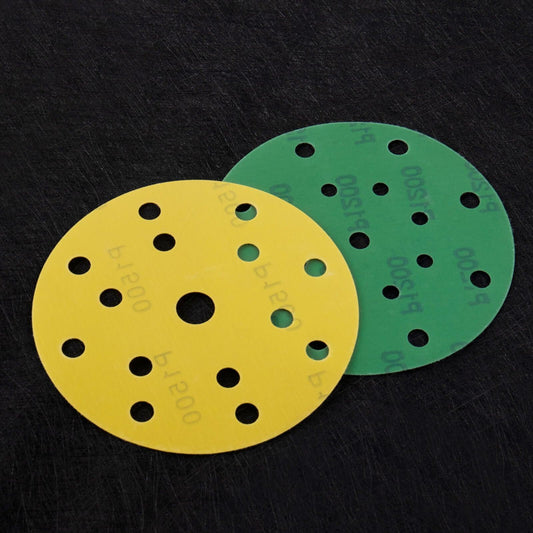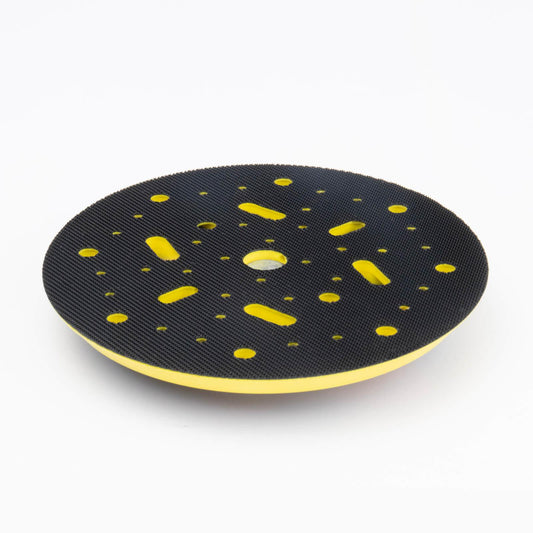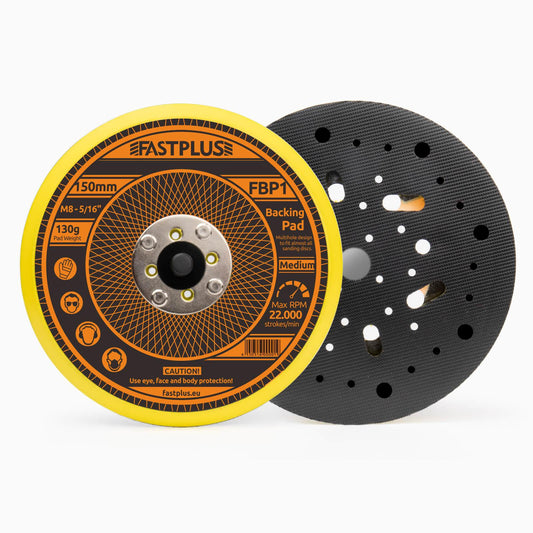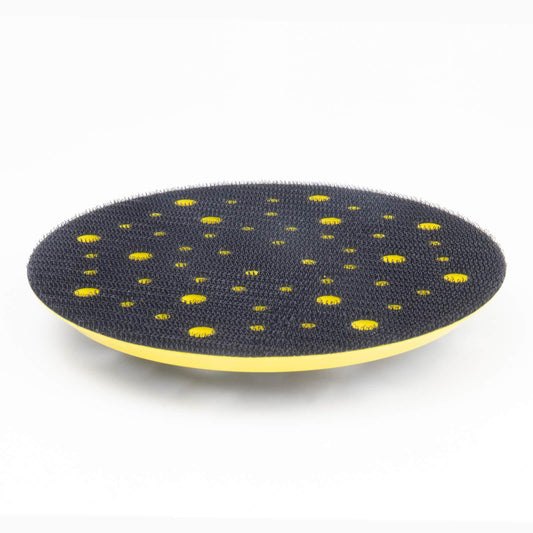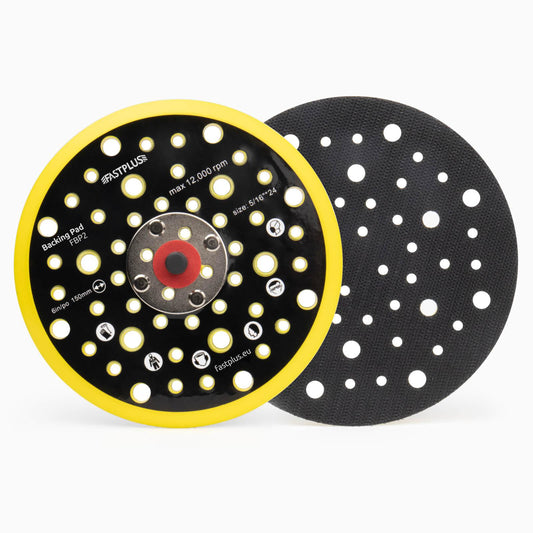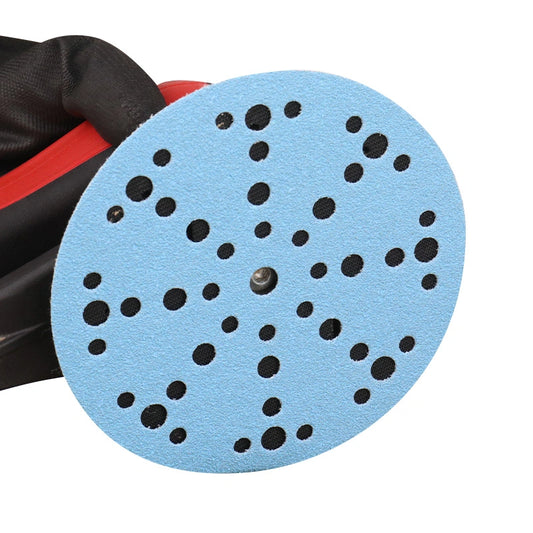
How Long to Wait Before Wet Sanding a Clear Coat on Your Car?
Wet sanding is a critical process in car detailing and restoration. Done right, it refines the clear coat, removes imperfections, and ensures a mirror-like finish. However, timing plays a vital role in achieving these results. Jumping into wet sanding too soon can ruin the clear coat, while waiting too long can make the process more difficult and less effective. So, how long should you wait before wet sanding a clear coat on your car? Let’s dive into the details.
Understanding Clear Coat and Its Purpose

Clear coat is the transparent, protective layer applied over the base coat of automotive paint. Its primary functions include:
- Protecting the underlying paint from UV rays, weather, and contaminants.
- Providing a glossy finish that enhances the vehicle's appearance.
- Serving as a buffer layer for polishing and correction processes.
While clear coat is durable, it’s also delicate during its curing process. This is why timing is so crucial when it comes to wet sanding.
Why Wet Sand a Clear Coat?
Wet sanding involves using fine-grit sandpaper, such as Wet Sandpaper, with water or a lubricant to smooth out surface imperfections. Here are some reasons why you might wet sand a clear coat:
- Remove Orange Peel: A common texture that resembles the skin of an orange, often seen after clear coat application.
- Eliminate Dust Nibs: Small particles that settle on the clear coat during application.
- Fix Runs or Sags: Uneven areas caused by excessive clear coat application.
- Enhance Gloss: Wet sanding helps refine the surface, making the polishing process more effective for achieving a mirror-like shine.
The Curing Process of Clear Coat
Clear coat doesn’t dry in the traditional sense; it cures. Curing involves a chemical process that allows the clear coat to harden and fully adhere to the surface. Depending on the type of clear coat and environmental factors, curing times can vary significantly. Here’s an overview:
- Air-Cured Clear Coats: These are common in DIY and professional settings. They typically take 24-48 hours to dry to the touch and 7-10 days to cure fully.
- Heat-Cured Clear Coats: Used in body shops with specialized equipment. Heat curing accelerates the process, often reducing full cure time to just a few hours.
How Long to Wait Before Wet Sanding?
The general recommendation is to wait 24-48 hours before wet sanding air-cured clear coats. However, this is not a one-size-fits-all answer. Several factors influence the timing:
1. Type of Clear Coat
- Single-Stage Clear Coat: Requires less time to harden but is more prone to damage if sanded too soon. Waiting 24-48 hours is usually sufficient.
- High-Solid Clear Coat: Often used in professional applications, this requires a longer cure time. Waiting at least 72 hours is recommended.
2. Environmental Conditions
- Temperature: Clear coat cures faster in warmer conditions. In temperatures below 60°F (15°C), curing can take significantly longer.
- Humidity: High humidity can slow down the curing process, while low humidity may speed it up.
3. Application Method
- Spray Gun Application: Professional spray guns tend to apply clear coat evenly, allowing for faster and more consistent curing.
- Aerosol Application: Aerosol cans often result in thinner layers that cure faster but may require additional layers and more curing time.
4. Thickness of the Clear Coat Layer
Thicker layers of clear coat take longer to cure fully. If multiple layers were applied, you might need to wait an extra day or two before wet sanding.
The Fingernail Test
If you’re unsure whether the clear coat is ready for wet sanding, the fingernail test can be a simple way to check. Gently press your fingernail into an inconspicuous area of the clear coat. If it leaves an imprint, the clear coat isn’t fully cured. If no imprint is left, it’s likely safe to proceed with wet sanding.
Step-by-Step Guide to Wet Sanding a Clear Coat
Once you’ve determined that the clear coat is ready, follow these steps for successful wet sanding:
1. Prepare Your Materi
- Fine-grit sandpaper, such as BN38 SiC 230x280mm Wet and Dry Sandpaper, for optimal precision.
- A bucket of water with a few drops of car wash soap or lubricant.
- A sanding block to ensure even pressure.
- Microfiber towels for drying.
- Polishing compound and a dual-action polisher for finishing.
2. Soak the Sandpaper
Immerse the sandpaper in water for at least 15 minutes. This softens the edges and prevents scratching.
3. Wet the Surface
Spray the surface with water or use a soaked sponge to keep the area lubricated.
4. Sand Gently
Wrap the sandpaper around the sanding block and work in straight, even strokes. Avoid circular motions, as they can leave swirl marks. Sand until the surface feels smooth and imperfections are gone.
5. Dry and Inspect
Use a microfiber towel to dry the surface and inspect your work. If imperfections remain, repeat the process with a finer grit sandpaper.
6. Polish the Surface
Use products like 150mm Flexpro Fine Finishing Foam Discs FF19 Grip for polishing. Apply a polishing compound with a dual-action polisher to restore the gloss and remove any fine scratches left by wet sanding.

Tips for Wet Sanding Success
- Patience is Key: Rushing the process can lead to costly mistakes.
- Use the Right Grit: Starting with too coarse a grit can damage the clear coat.
- Keep the Surface Wet: Dry sanding can create scratches and uneven results.
- Apply Even Pressure: Uneven sanding can result in an inconsistent finish.
- Test in an Inconspicuous Area: Before sanding visible areas, practice on a hidden spot to perfect your technique.
What Happens if You Sand Too Early?
Sanding before the clear coat has fully cured can lead to several issues:
- Soft Clear Coat: The surface may tear or peel instead of sanding smoothly.
- Uneven Results: Sanding too early can create waves or dips in the clear coat.
- Reduced Durability: Premature sanding can weaken the clear coat’s protective properties.
Can You Wait Too Long to Wet Sand?

While it’s generally better to wait longer than to sand too soon, waiting too long can make wet sanding more challenging. Fully cured clear coat becomes harder and more resistant to abrasion, requiring more effort to sand effectively. If months have passed since application, you might need to use coarser grit sandpaper, such as a Film Sanding Disc PuroFilm 150mm Ceramic Velcro 15 Holes, to start, followed by finer grits.
Final Thoughts
Knowing how long to wait before wet sanding a clear coat on your car is essential for achieving professional results. While the typical waiting period is 24-48 hours, factors such as clear coat type, environmental conditions, and application method can affect this timeline. By understanding the curing process and following best practices for wet sanding, you can ensure a flawless, glossy finish that enhances your car’s appearance and durability.
Remember, patience and attention to detail are your best tools for success. If you’re ever in doubt, consult the manufacturer’s guidelines for your specific clear coat product, or seek advice from a professional detailer.
